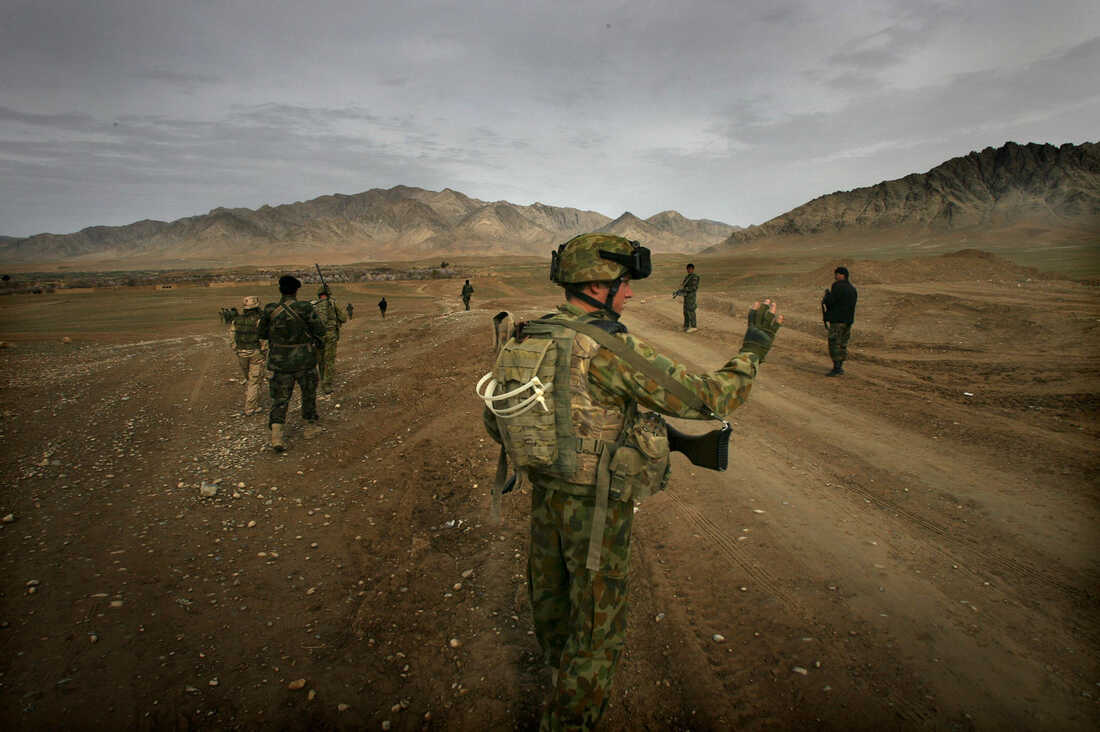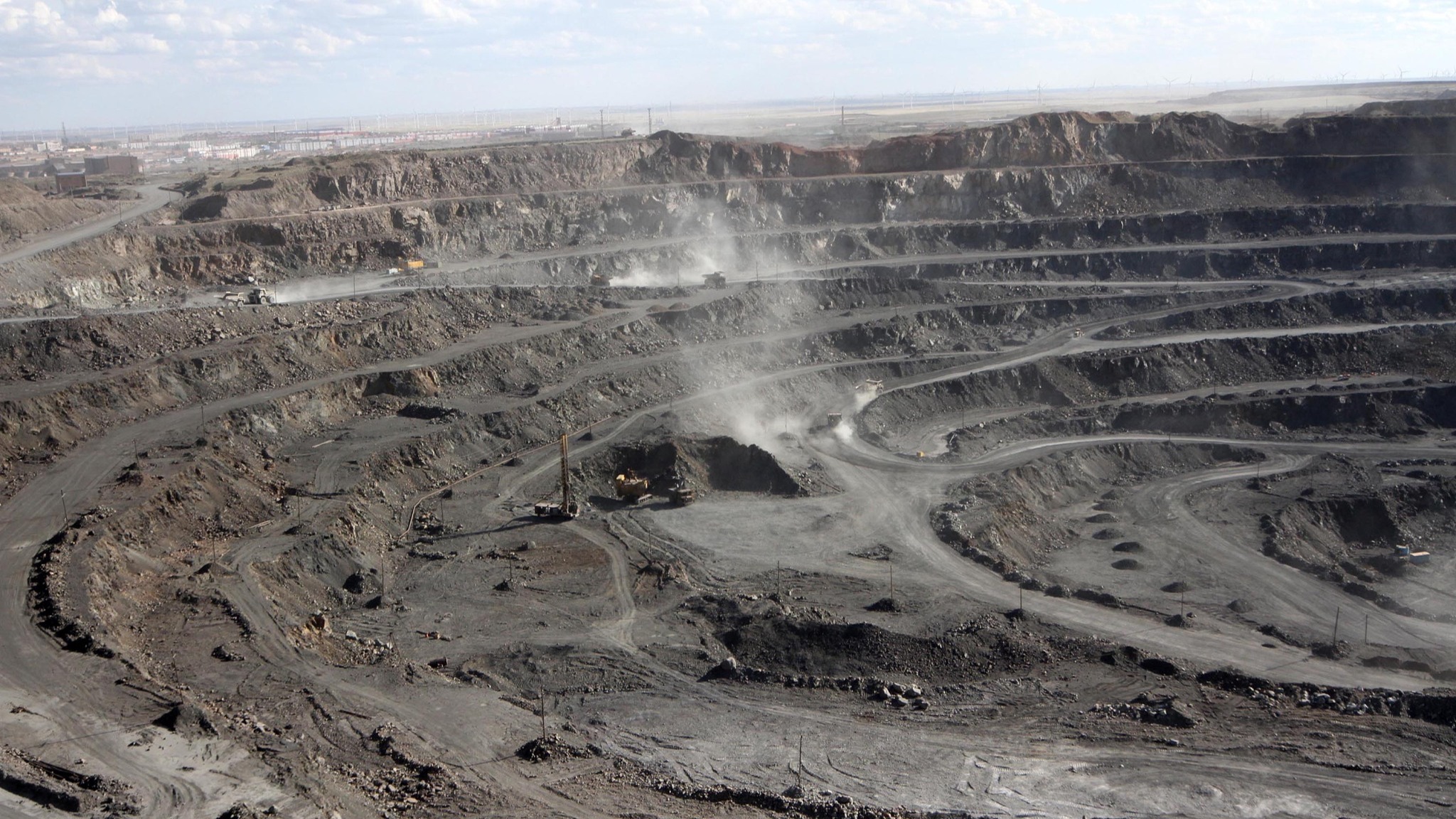The government of Australia on Monday announced the arrest of a former soldier over alleged war crimes for the murder of an Afghan man in a wheat field.
The Australian Federal Police (AFP) in a statement said that a joint investigation between the Office of the Special Investigator (OSI) and the AFP resulted in a “New South Wales man being charged with one count of War Crime—Murder.”
The statement did not mention the name of the soldier, but identified him as a 41-year-old man. He is expected to be charged in an Australian court with one count of war crime murder, which carries a maximum penalty of life in jail.
Earlier the Inspector-General of the Australian Defense Force Afghanistan inquiry report, released in 2020, found credible information that Australian soldiers had committed war crimes in Afghanistan.
These brutalities had happened between 2005 and 2016 when the Australian soldiers were engaged in an operation against the Taliban, the current ruler of Afghanistan.
Unlawful killing of 39 Afghans
The arrest of an ex-soldier is just the start of investigation as according to the Office of the Special Investigator (OSI) the Australian elite soldier unlawfully killed 39 Afghans while deployed in the war-hit country.
The OSI was set up in the wake of 2020’s Brereton Report, which found there was “credible evidence” that some of Australia’s elite soldiers killed innocent Afghans, including children.
In response to the Brereton Report, the country’s Department of Defense said it would deal with disciplinary matters relating to soldiers accused of war crimes and other misconduct while being served in Afghanistan.
At least 17 lower ranked soldiers have been issued termination notice for their alleged role in war crimes and some of them were dismissed.
The Brereton Report had said that ‘there is credible information that an identified or identifiable Afghan national has been unlawfully killed’, and asked the government of Australia to compensate the family of the individual.
The report also said that by compensation Australia can rehabilitate its reputation back in the international community, in particular with Afghanistan.
In 2021, it has been agreed that the government will compensate families of the victims, but it has been put on hold by the Department of Defense and said that this is yet to be finalized and the department is still consulting with a range of officials.
In some cases, the junior soldiers were ordered to shoot the people for the “first kill” as part of an initiation known as “blooding”.
International Criminal Court
It is a great reminder that Australia is a part of International Criminal Court (ICC), which is the world’s first permanent court which was established in 1998.
These war crimes by the Australian soldiers must also be taken into a wider view and let the ICC to also investigate the case.
It is the duty of ICC to engage in such cases and to prosecute international crimes within its jurisdiction, and this has been known as the principle of complementarity.
It is also important to mention that ICC is the only body with the authority to prosecute individuals over genocide, crimes against humanity and war crimes. However, it has not been the case all the time because ICC was prevented from investigating war crimes committed by the US forces in Afghanistan.
The then US administration under Donald Trump imposed restrictions on ICC to force them not to conduct a probe into war crimes committed by US, its allies and even the Afghan forces backed by them in the last 20 years before the government collapsed in 2021.
Soldier’s arrest an encouraging first step
After four years of inquiry, there has finally been an Australian soldier who has been arrested, who has been accused of committing grave human rights violations in Afghanistan.
“The wheels of justice are finally turning nearly three years after the release of the Brereton inquiry” said Kyinzom Dhongdue Amnesty International Australia’s Campaigner.
Responding to the arrest of a former Australian SAS soldier charged with the war crime of murder for killing an Afghan man, he said that the arrest is an encouraging first step towards investigating alleged war crimes committed when Australian soldiers were deployed in Afghanistan.
“The arrest sends an important message to families and victims that investigations will be carried out and not swept under the rug. It also sends a message to those responsible for these alleged crimes – you will not be able to escape accountability,” he said.
He furthered: It remains to be seen whether this is an isolated case or the start of a more tectonic shift in the way that Australian authorities hold their own soldiers accountable for serious violations of international humanitarian law.
Amnesty reiterated its calls to do everything it can to deliver on the recommendations of the Brereton report to ensure justice and to provide reparations to all victims and survivors.”
It’s worth mentioning that the incident was first revealed to the public in 2020 by Australian’s ABC Four Corners program and later that year Justice Paul Brereton’s inquiry into alleged war crimes in Afghanistan was released.
Australia has sent more than 25,000 troops, 3,000 of them Special Forces from 2005 to 2016 to the US-led war in Afghanistan that came to an end in 15 August 2021 following Taliban seizure of power and the collapse of the republic system.
The Taliban has yet to comment on the news, but had earlier they asked for a through probe into war crimes committed by the foreign troops, including US during their presence in the past 20 years.

 OPINION2 weeks ago
OPINION2 weeks ago
 DIPLOMACY2 weeks ago
DIPLOMACY2 weeks ago
 DIPLOMACY7 days ago
DIPLOMACY7 days ago
 ASIA2 weeks ago
ASIA2 weeks ago
 DIPLOMACY1 week ago
DIPLOMACY1 week ago
 MIDDLE EAST2 weeks ago
MIDDLE EAST2 weeks ago
 ASIA1 week ago
ASIA1 week ago
 MIDDLE EAST1 week ago
MIDDLE EAST1 week ago



















